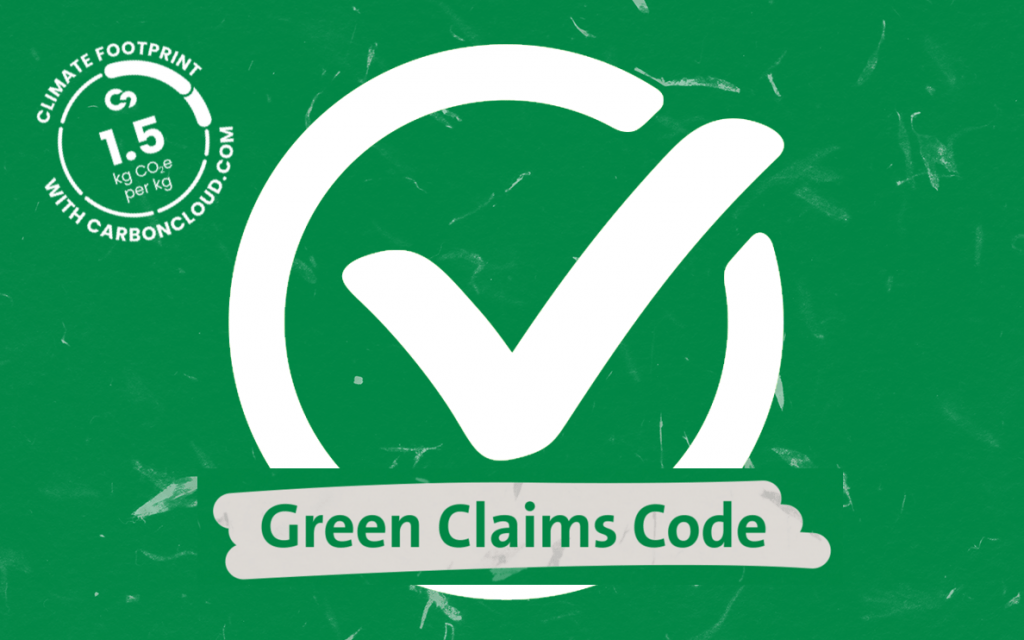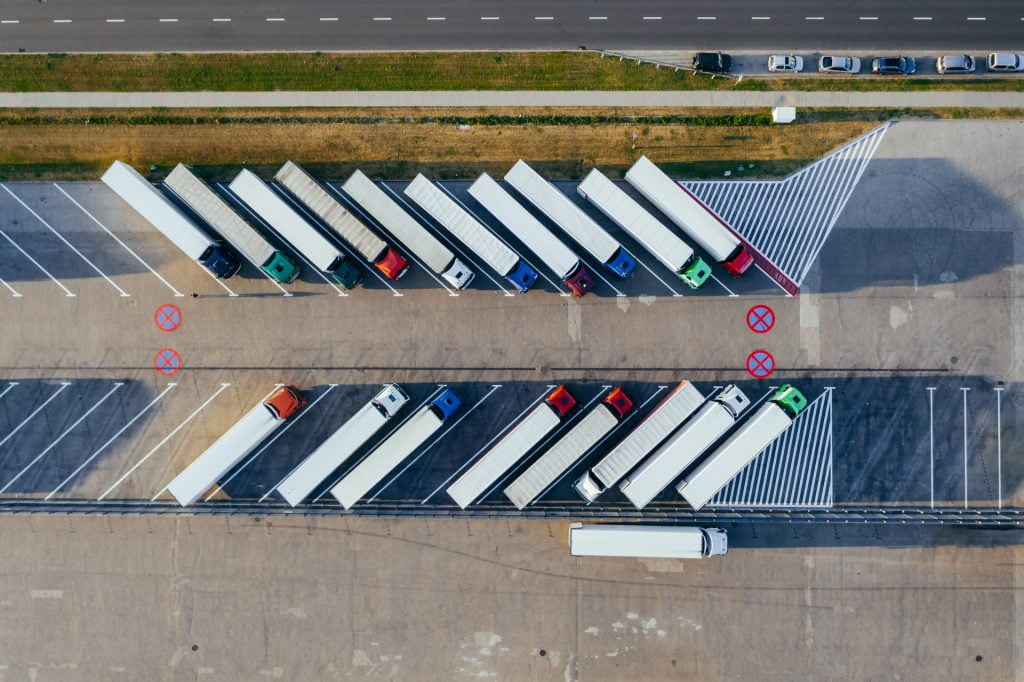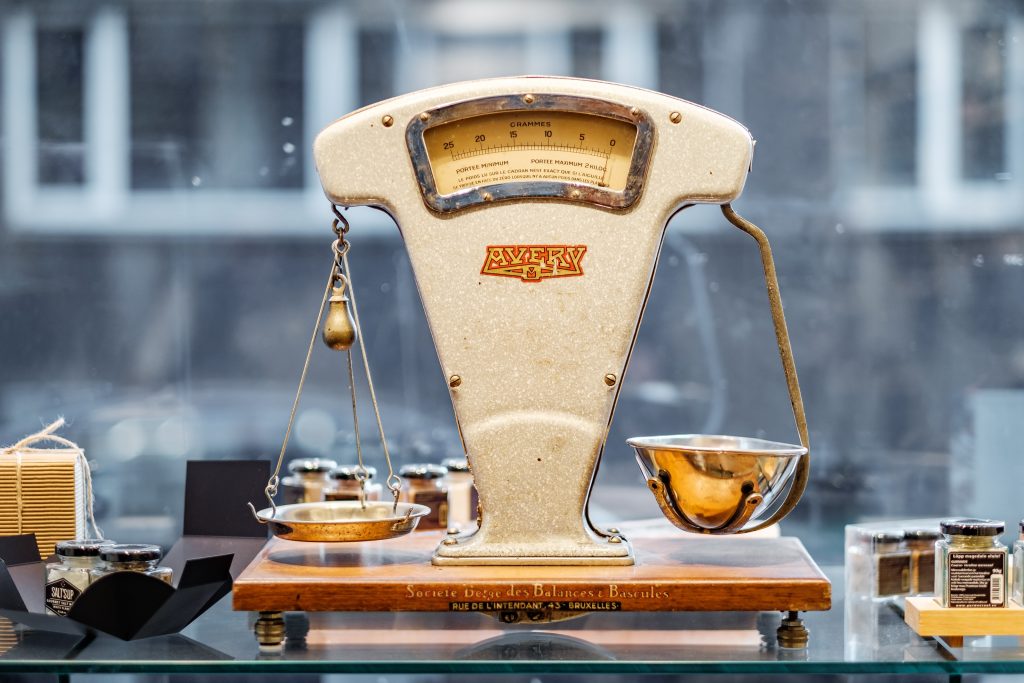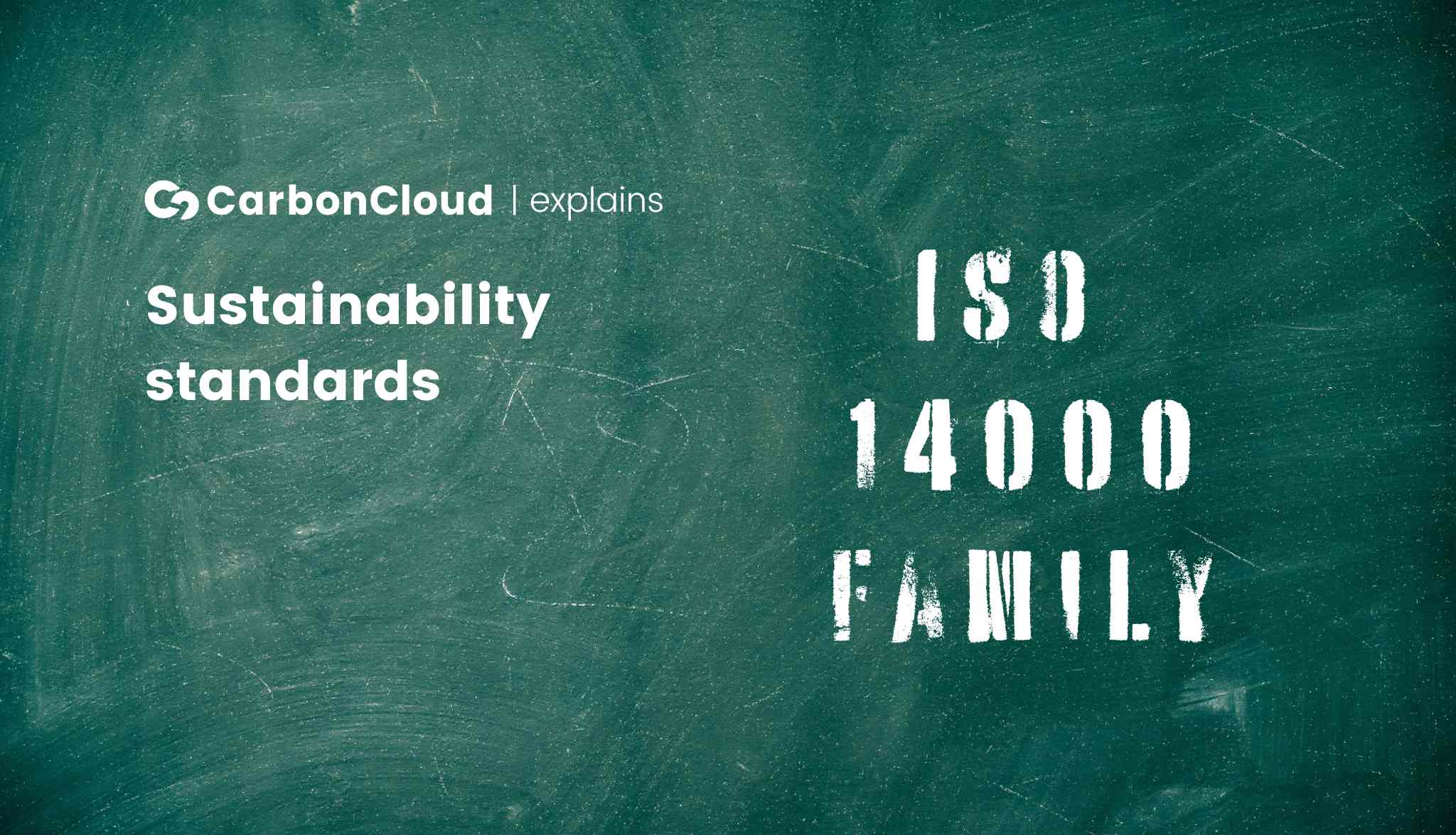The CarbonCloud Third-Party Verification
Third-party verification is an important confidence boost in your climate footprints and strategy. So no wonder we get questions about it! Our clients –and their clients– are in it for full transparency and assurance is part of it. But above all else, this is also the standard we set for ourselves. To ensure the environmental integrity of climate footprints, CarbonCloud provides a third-party verification. The verification determines whether the climate footprint conforms to the CarbonCloud criteria.
The stakeholders: Who are they and what are their responsibilities?
Users of the CarbonCloud platform are the “first party” to the climate footprint quantification and data reporting. The first party is the one who is doing the climate footprint quantification, with the help of CarbonCloud’s platform. It is also the one who, in the end, is responsible for all data input that is requested by the interface. In formal terms, the first party is the legal entity in agreement with CarbonCloud to access its calculation platform. In other words: an apt and wise company within the food and beverage sector that has realized that climate transparency is essential for long-term viable business!
The second party is the one doing business with the first party and the spectator of climate footprints. In most cases, it is the consumers, i.e., the happy shoppers with a delicious food product in their hands.
CarbonCloud is the third party that verifies the climate footprints. For each climate footprint, CarbonCloud appoints a verifier. This person must live up to three basic requirements:
- Impartiality: The verifier cannot have any conflicts of interest.
- Professional judgment: The verifier must be able to draw meaningful and accurate conclusions and have a critical and investigative attitude in their assessment of the evidence.
- Sector competence: The verifier must have applicable sector knowledge and skills
The verifier is responsible for comparing the climate footprint quantification against CarbonCloud’s criteria for valid footprints. This comparison is done via a) a review of the models created by the first party on CarbonCloud’s platform, and b) through critical questions to the first party. Several of the criteria are verified automatically since they are integrated into the platform.
Extended 3rd party verification methodology
Time for a deep-dive?
Read our third-party verification methodology in detail
The CarbonCloud verification activities
The procedure for verification includes:
- Assessing alignment of the climate footprint quantification with the CarbonCloud methodology.
Are all stages of the life cycle included from cradle to gate? Are all applicable mechanisms related to processing accounted for? E.g., process energy, overhead operations, food waste during production, and waste treatment. Is the climate impact of all activities allocated correctly between by-products? If primary data is not available, has proxy data been used conservatively? - Critical review of input data.
Do the material flows follow the rules of mass balance? Do the numbers for kilowatt hours consumed fall within the typical ranges for the processing activities in the industry? Are all transport activities modeled in conformity with typical routes and transport modes in the industry? Etc.
Reasonable assurance
The outcome of the verification is the assurance by the verifier that the climate footprint is correct – or isn’t and which part of the evidence should be reviewed or obtained to conform. However, it is important to highlight that there are inherent limitations to any audit and no standard accounts for an absolute level of assurance. This is acknowledged by the phrasing of the term itself as “reasonable assurance”, which is usually considered the highest level of assurance and the level CarbonCloud reviewers provide. Reasonable assurance refers to the likelihood that errors were not detected.
What is the CarbonCloud standard compatible with?
Primarily, the CarbonCloud standard is compatible with a science-based climate strategy as part of the core business for the entire food industry network. At the same time, we are aware that we do not operate in a vacuum. CarbonCloud’s methodology for third-party verification is also aligned with the CDP criteria for third-party verification standards: Relevance, competency, independence, terminology, methodology, and availability.
You can rest assured that your climate footprints are as solid as they come. If there is anything off, rest assured your CarbonCloud verifiers will be looking for it and ping you about it – we will make it right together! So go on and march forward with your climate strategy, and show the food industry how emissions reductions are done!
Related Posts
🇬🇧 Green Claims Code: Unpacking environmental claim requirements
Last September, the Competition and Markets Authority (CMA) of the UK issued a guide on environmental claims. The guidance lists the requirements of what a product, brand, or service may claim regardi
The great debunking of climate myths: Transportation
Enjoy this ribeye steak, friend! Yes, its carbon footprint is infamously high but don’t worry; I buy all my beef from local farmers.Hey roomie, when you get to the grocery store, get the local tomat
Allocation of emissions in food production
Making a climate footprint assessment can sometimes be difficult. The easy case is when you have one piece of land that produces one product. In those cases, you just sum up all emissions associated w
Sustainability Standards Explained: ISO 14000 family
Nothing says Standards like the International Organization for Standardization, also known to the business community as ISO. ISO is a popular and globally credible provider of standards for pretty muc







